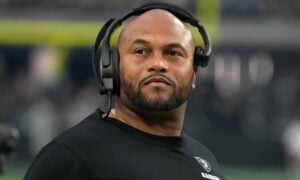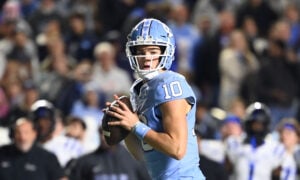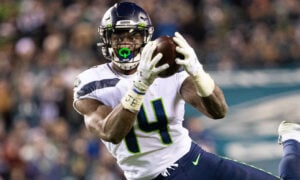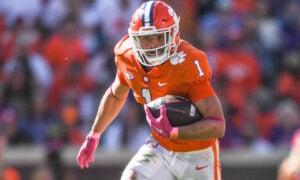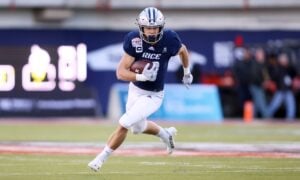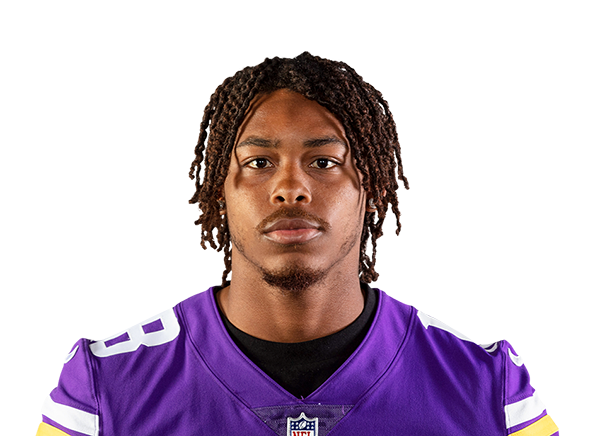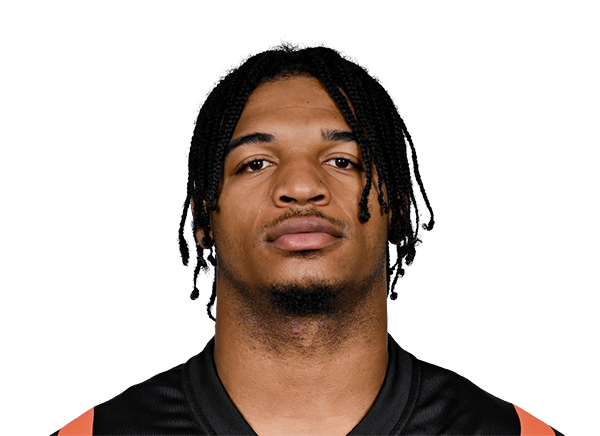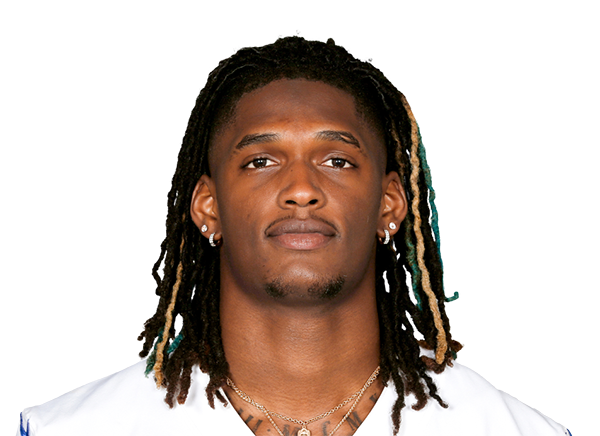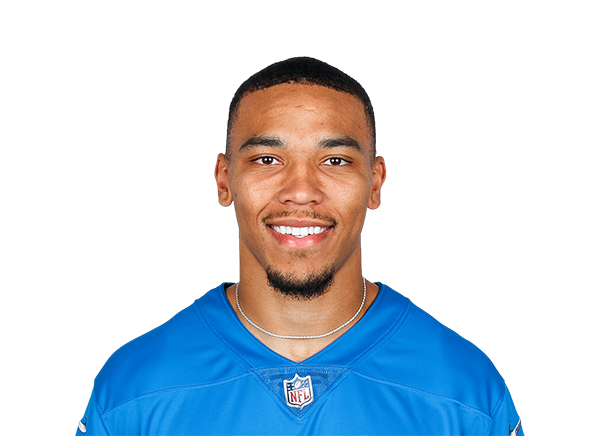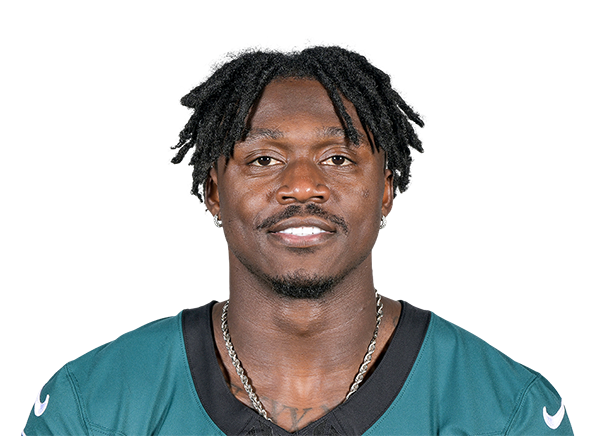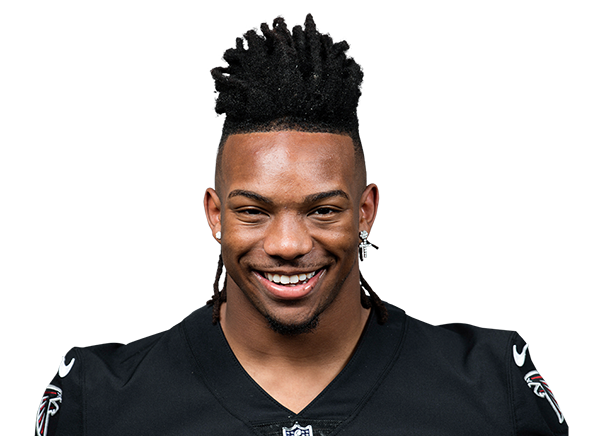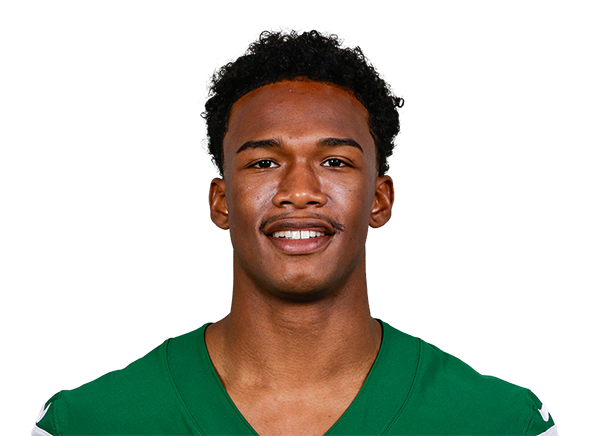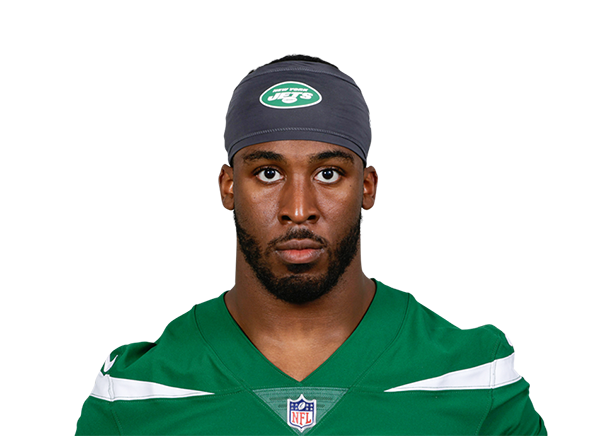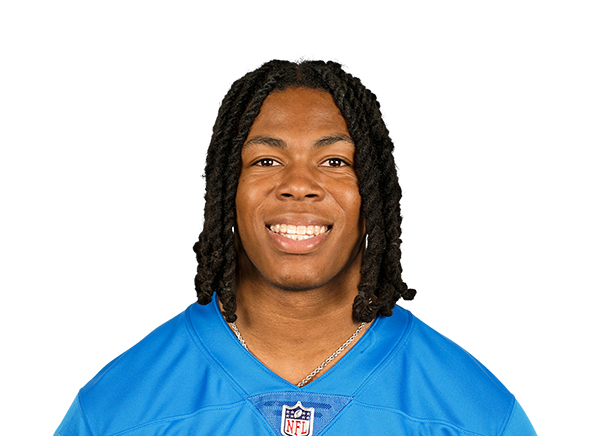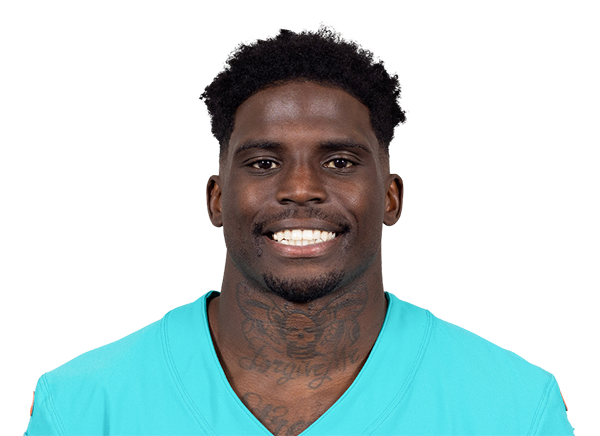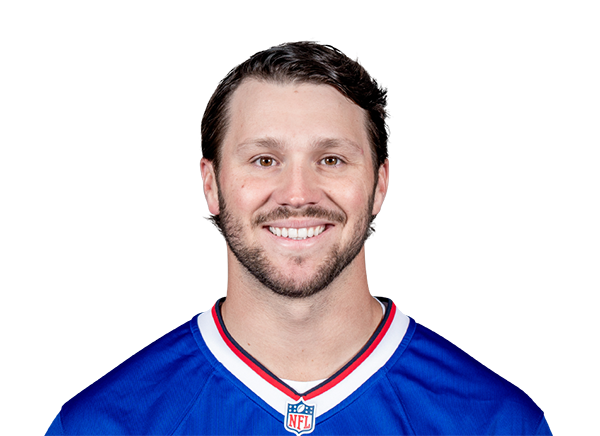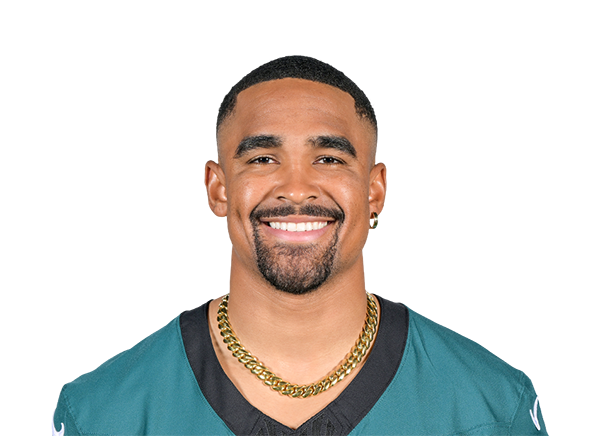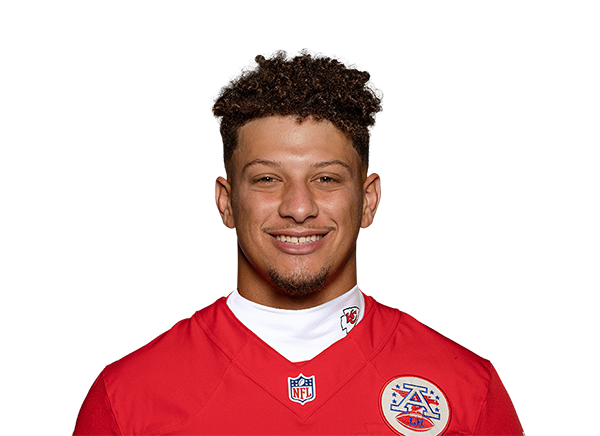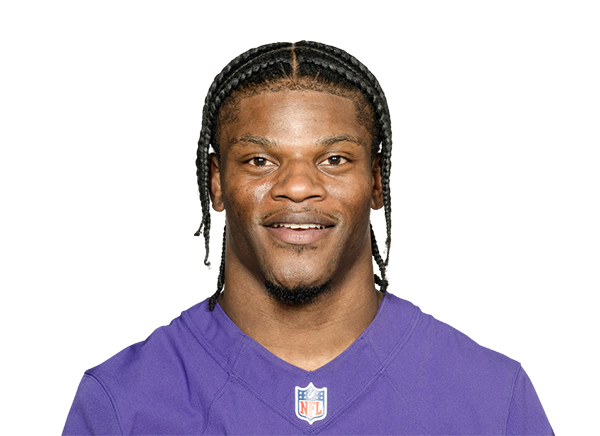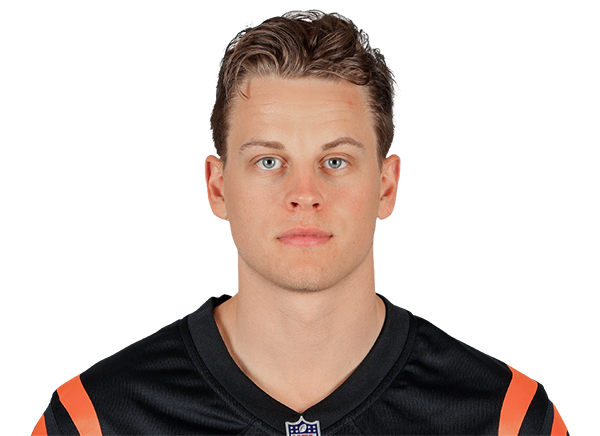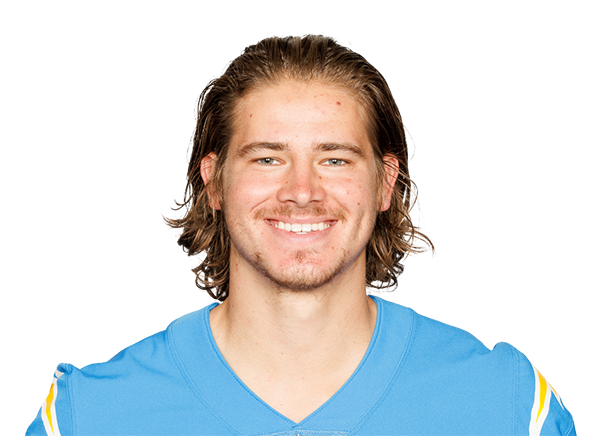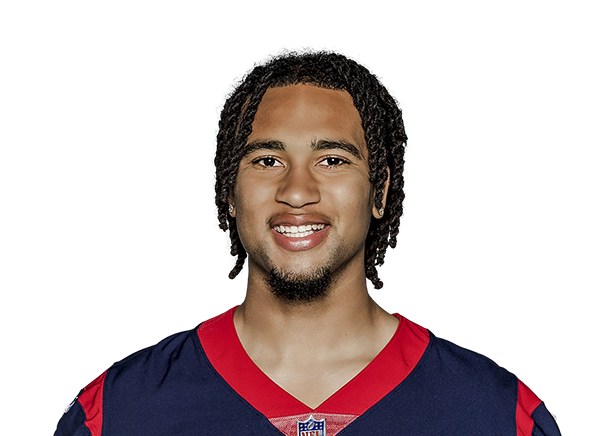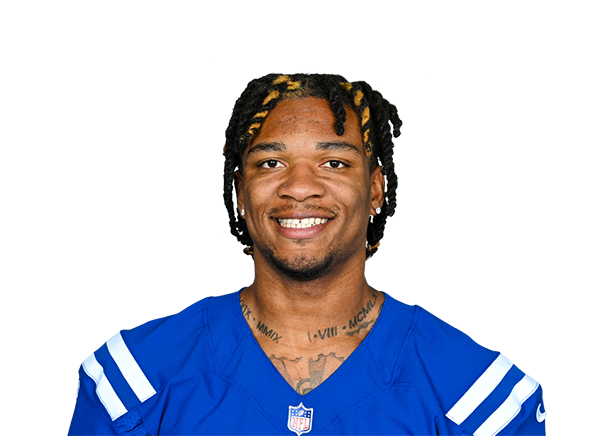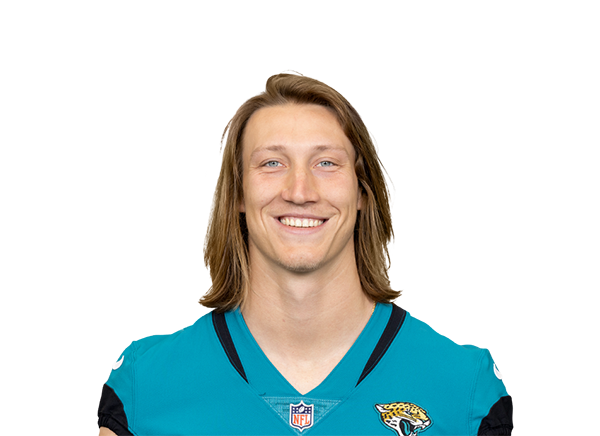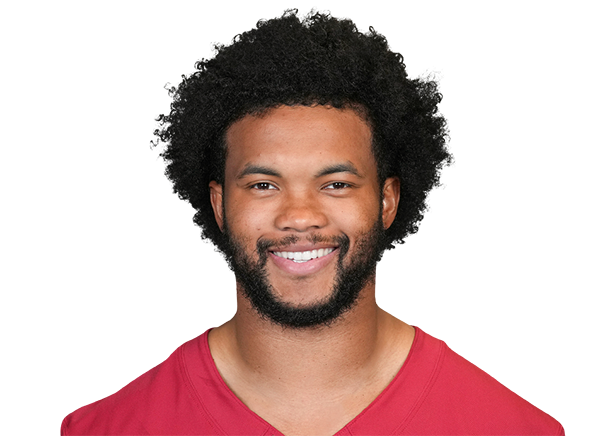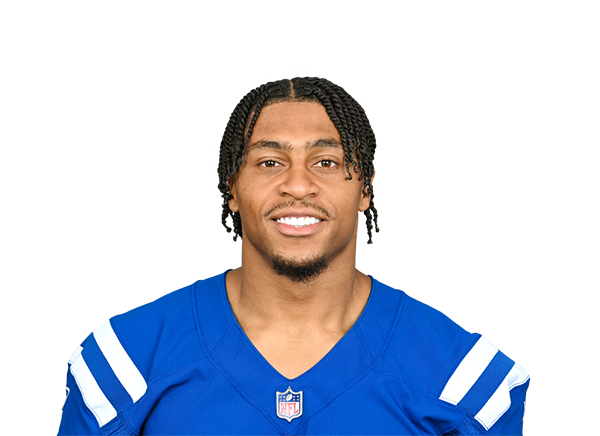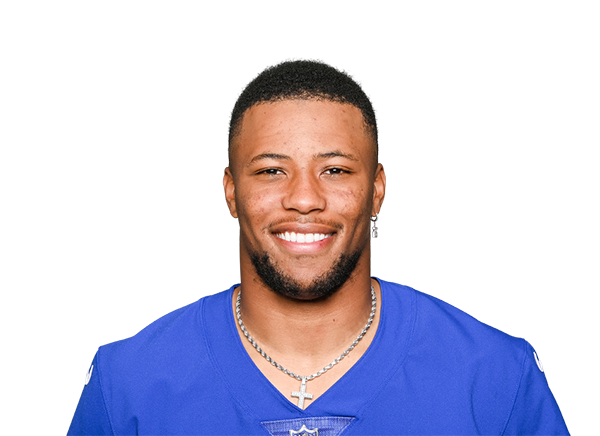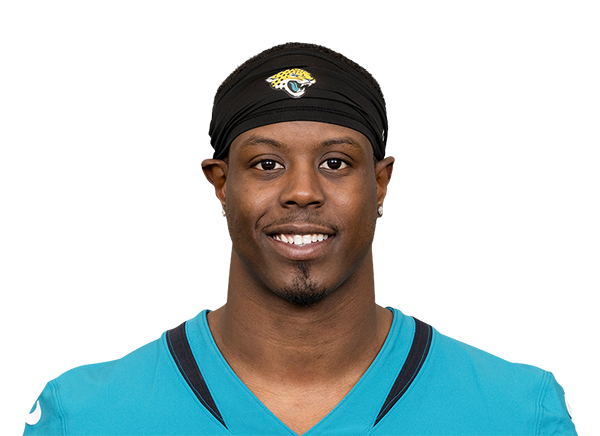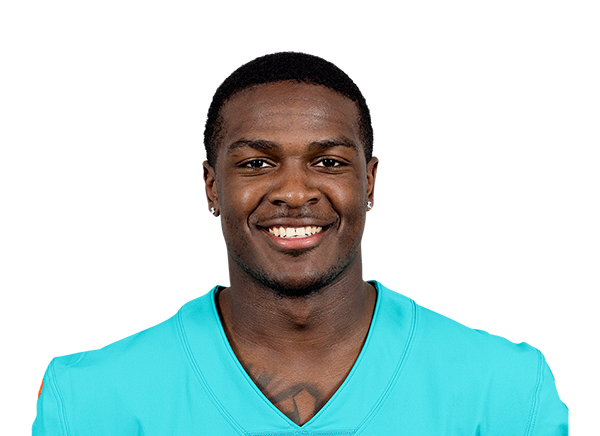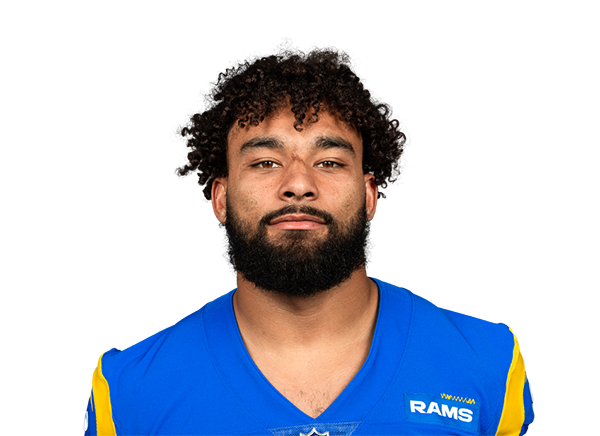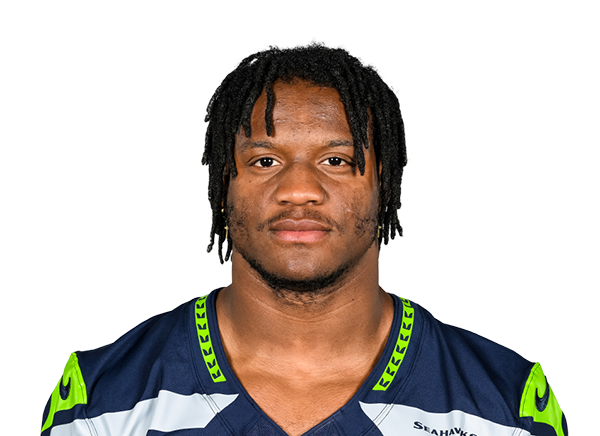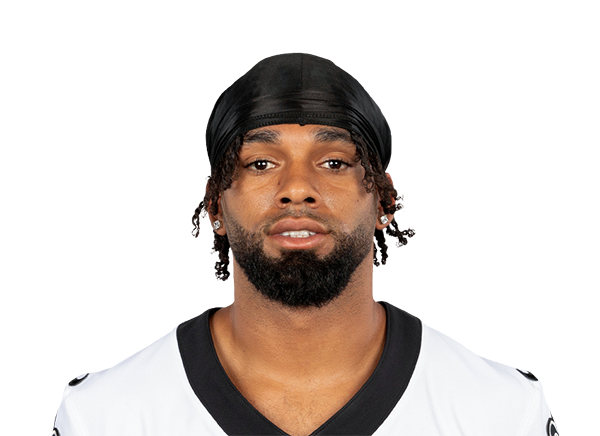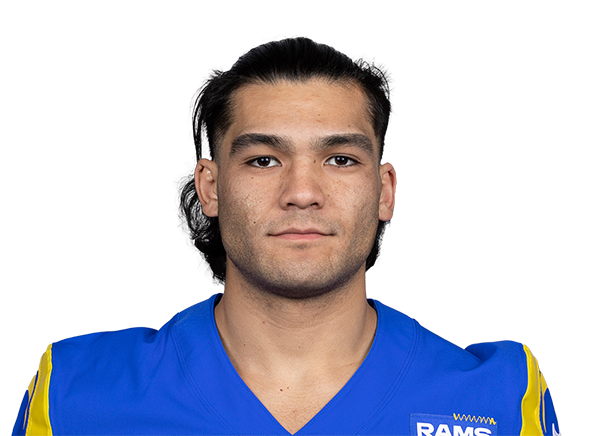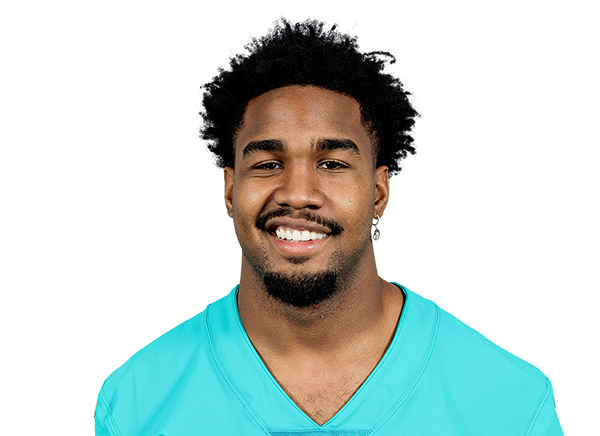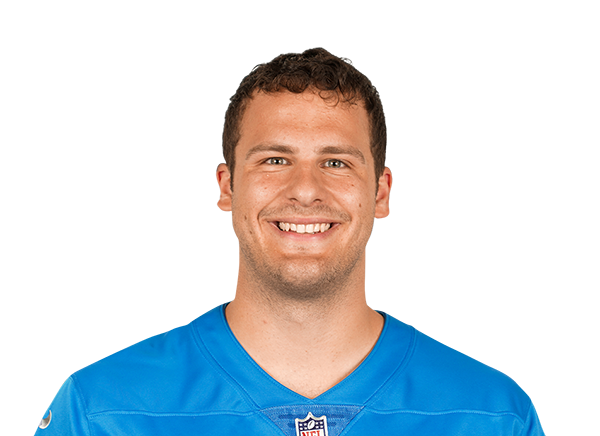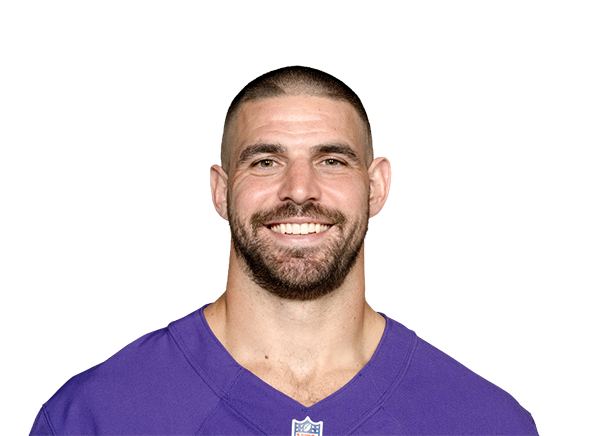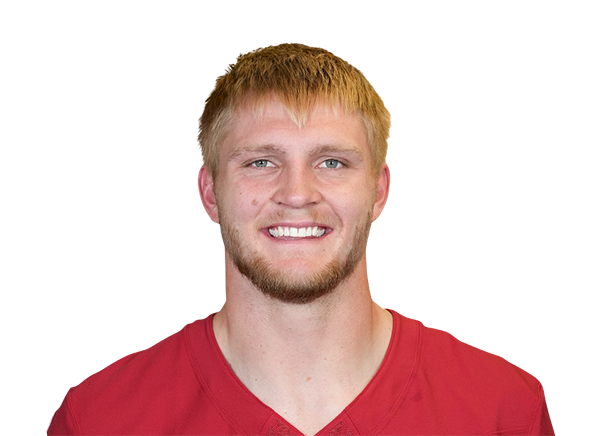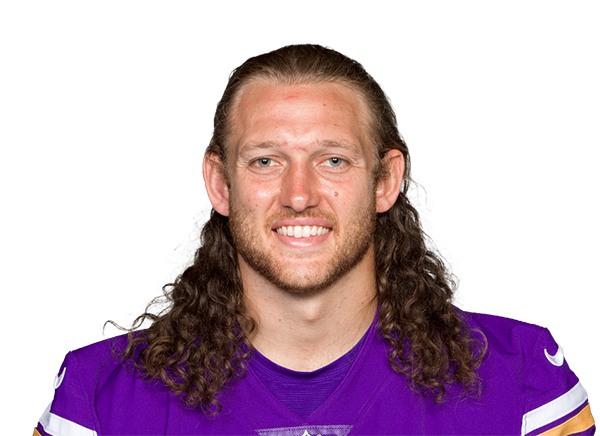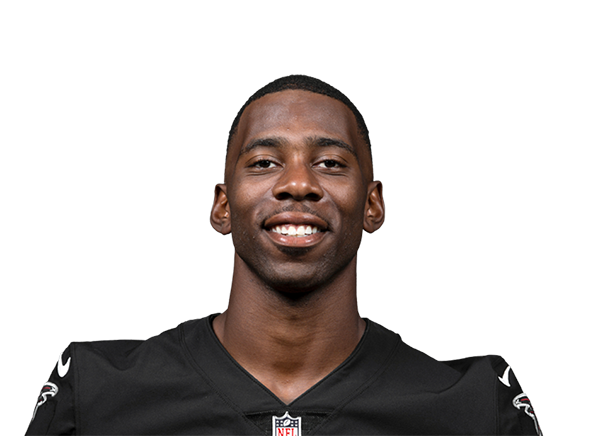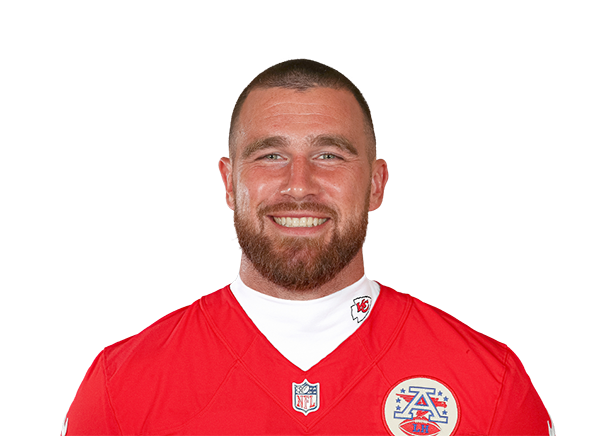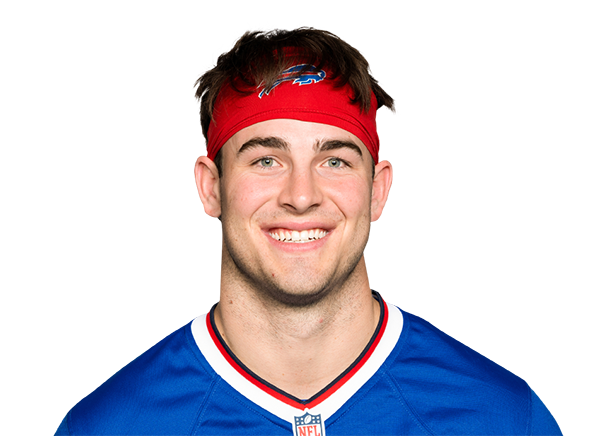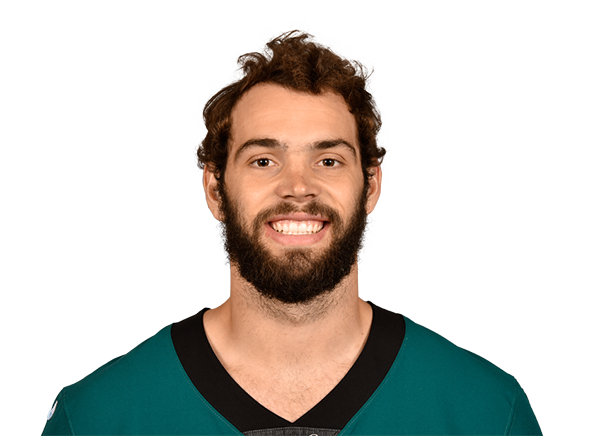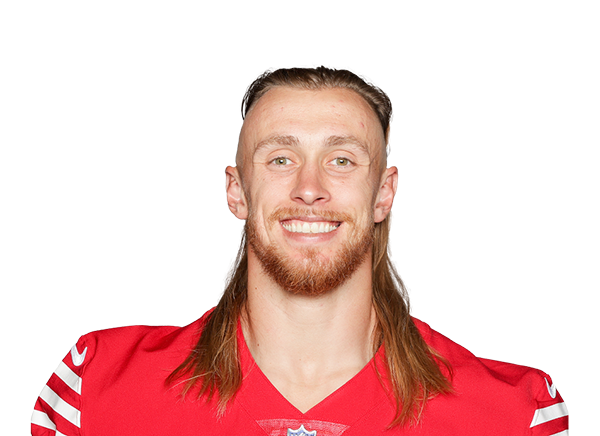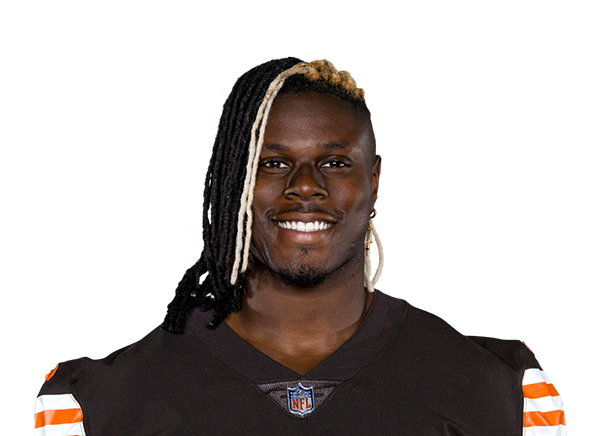Dwayne Bowe: A Modern Day Tragedy
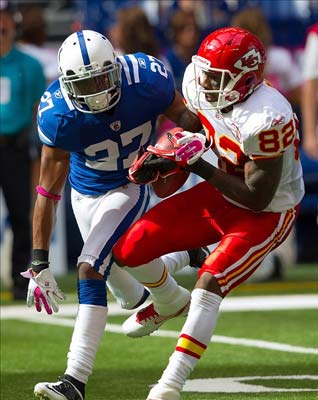 “A man doesn’t become a hero until he can see the root of his own downfall.”
“A man doesn’t become a hero until he can see the root of his own downfall.”
-Aristotle
If you’ve taken even a single literature course in your life, you’ve undoubtedly been familiarized with the term “tragic hero.” Simply defined, this refers to “a great or virtuous character in a dramatic tragedy who is destined for downfall, suffering, or defeat.” To me, Kansas City wide receiver Dwayne Bowe fits this bill perfectly, as I’ll describe below in the story of his own, personal tragedy.
Prologue
Drafted by the Chiefs in the first round of the 2007 draft, Bowe stepped in right away as the second option in the passing game, deferring to future Hall of Fame tight end Tony Gonzalez, until Gonzo left for the Falcons following the 2008 season. After that point, Bowe was the undisputed focal point amongst Kansas City’s pass catchers, and this is illustrated in the table below:
|
Year |
Games |
Targets |
Receptions |
Yards |
TD’s |
Points |
PPT |
PPR Rank |
|
2007 |
16 |
117 |
70 |
995 |
5 |
199.5 |
1.71 |
WR22 |
|
2008 |
16 |
157 |
86 |
1022 |
7 |
230.2 |
1.47 |
WR15 |
|
2009 |
11 |
87 |
47 |
589 |
4 |
129.9 |
1.49 |
WR51 |
|
2010 |
16 |
133 |
72 |
1162 |
15 |
278.6 |
2.09 |
WR4 |
|
2011 |
16 |
142 |
81 |
1159 |
5 |
228.1 |
1.61 |
WR14 |
|
2012 |
13 |
114 |
59 |
801 |
3 |
157.1 |
1.38 |
WR43 |
*Standard WCOFF scoring is used for the entirety of this analysis
With the exception of seasons truncated by injury (2009 and 2012), Bowe has functioned, on average, as a mid-to-high level PPR WR2. Showing an aberrational red zone prowess, he even peaked as the overall PPR WR4 in 2010. Bowe has also been extremely efficient, with a career average of 1.63 points per target (PPT). To put that into context, fantasy’s overall WR1 in 2012, Calvin Johnson, averaged only a slightly higher 1.71 PPT.
First Episode
Unfortunately, even though Bowe possesses an expansive skill set, he’s been a victim of circumstance his entire career. In Bowe’s case, this “downfall, suffering and defeat” has been manifested in the form of the downright horrific quarterback play. Consider the following table:
|
Year |
Chiefs’ QB Fantasy Points |
Summed Rank |
QB Attempts |
QB Passing Points |
PPA |
|
2007 |
246.1 |
QB16 |
562 |
244.3 |
0.43 |
|
2008 |
310.3 |
QB8 |
538 |
249.7 |
0.46 |
|
2009 |
249.5 |
QB19 |
534 |
229.9 |
0.43 |
|
2010 |
280.5 |
QB15 |
475 |
268.0 |
0.56 |
|
2011 |
227.9 |
QB21 |
500 |
216.5 |
0.43 |
|
2012 |
206.0 |
QB27 |
474 |
178.9 |
0.38 |
The first two columns show just how bad the Chiefs’ signal callers have been over the past six years. The high-water mark for total fantasy points from the position occurred in 2008, when the combinatory efforts of Tyler Thigpen, Damon Huard and Brodie Croyle led to 310.3 fantasy points, and an overall finish as the QB8. However, that number is misleading, as Thigpen accumulated a substantial amount of points from rushing yards and touchdowns. That irregularity aside, every other season on the list saw a finish of QB15 or worse. Sadly, such are the expectations with the likes of Thigpen, Huard, Croyle, Matt Cassel, Tyler Palko, Kyle Orton and Brady Quinn under center.
The latter two columns detail the efficiency of Kansas City’s quarterbacks, achieved by dividing the number of fantasy points from passing by the number of passing attempts. Of the six figures in the points per attempt column (PPA), only the 2010 value of 0.56 would have cracked the QB1 barrier in the 2012 efficiency rankings. Every other value would have been #28 or worse.
With that said, Bowe still managed to accrue high-level fantasy statistics. As it turns out, this is mostly due his talent bringing out the best in his signal callers, as shown below:
|
Year |
QB PPA |
Attempts to Bowe |
Points When Targeting Bowe |
PPA to Bowe |
% Change PPA |
|
2007 |
0.43 |
117 |
69.8 |
0.60 |
39.5 |
|
2008 |
0.46 |
157 |
79.1 |
0.50 |
8.7 |
|
2009 |
0.43 |
87 |
45.5 |
0.52 |
20.9 |
|
2010 |
0.56 |
133 |
118.1 |
0.89 |
58.9 |
|
2011 |
0.43 |
142 |
78.0 |
0.55 |
27.9 |
|
2012 |
0.38 |
114 |
52.1 |
0.46 |
21.1 |
Having already solved the quarterbacks’ PPA values, it next became imperative to see how this number compared to their PPA values when they targeted Bowe. This was achieved by dividing the fantasy points gained when throwing to Bowe by the number of times they targeted Bowe, and the values are shown in the second to last column. The results are staggering.
Every single year, Kansas City’s quarterbacks saw an uptick in efficiency when they zeroed in on Bowe. Even at his worst in 2008, Bowe still brought about results 8.7% better than the targeted average of the entire Kansas City pass catching corps. More routinely, he helped Chiefs’ signal callers attain increases in efficiency of 20% or greater. Despite this tragically bad play, our hero did his best.
Second Episode
Even though Bowe essentially lost six years of his career, hope remains. With the arrivals of new head coach Andy Reid and quarterback Alex Smith, I expect Bowe to rise from the ashes like a phoenix and experience a late-career renaissance. Let’s first consider what Reid’s pass-heavy approach will do for the Chiefs’ offense:
|
Team |
Pass Attempts since 2007 |
Attempts Per Game |
|
KC |
3083 |
32.1 |
|
PHI |
3469 |
36.1 |
Compared to Chiefs’ offense, over the past six years Reid had his Eagles quarterbacks air it out, on average, four more times per game, and 64 more times per season. When contrasted with Kansas City’s 32.1 attempts per contest, the increase in passing volume is the equivalent of adding an additional two games to the season. More passing should lead to more targets, but how will the efficiency change? To answer that, we need to look at Smith’s career numbers:
|
Career Passing Points |
Career Attempts |
Career PPA |
PPA Under Jim Harbaugh |
|
1038.9 |
2177 |
0.48 |
0.55 |
While Smith’s career PPA of 0.48 doesn’t jump off the page, it’s better than the average mark of 0.45 PPA exhibited by the Chiefs’ signal callers dating back to 2007. However, it’s also important to note how much Smith improved under head coach Jim Harbaugh over the past two years. When guided by the quarterback guru, Smith’s PPA average jumped to a solid, if unspectacular, value of 0.55. Trend spotting is an important part of dynasty football, and I think it’s fair to say Smith finally began to realize the potential which helped make him a former overall #1 draft pick. So taking a slight liberty of utilizing a PPA value of 0.51 (close to his career average, but accounting for recent performance) for Smith’s future tenure as a Chief, and employing Reid’s offensive preference, how do Smith’s potential numbers compare to the Chiefs’ numbers of the past six years?
|
QB |
Attempts |
PPA |
Passing Points |
|
Chiefs 2007-12 |
514 |
0.45 |
231.3 |
|
Alex Smith Projection |
578 |
0.51 |
294.8 |
With the combination of increased volume and efficiency, Smith’s total fantasy output (solely from passing) is 63.5 points higher, which accounts for a 27.5% increase over the previous Chiefs quarterbacks. This number is also better than any yearly point total from Kansas City’s signal callers dating back to 2007. The totality of the numbers shows the combination of Reid and Smith will help out Kansas City’s passing offense, so now only one question remains – to what extent will it affect Bowe?
Climax
Below is the comparison of Bowe’s career numbers to his future projection. The increase in targets per game comes directly from Reid’s offensive philosophy (1.12 times more passing attempts per game), and the increase in his efficiency comes from having Smith under center (1.13 times the PPT value). The point totals come from multiplying the yearly targets by the PPT values.
|
Timeframe |
Targets Per Game |
Targets Per Year |
PPT |
Points Per Year |
|
Career |
8.5 |
136 |
1.63 |
221.7 |
|
Projected |
9.6 |
154 |
1.85 |
284.9 |
The combination of the additional targets, as well as quality of targets, leaves Bowe with a yearly projection of 284.9 PPR fantasy points. To put that into perspective, this total would’ve seen him ranked as the WR8 in 2012, directly ahead of the Colts’ Reggie Wayne. This is also significantly ahead of his career average, and it appears Kansas City’s offensive changes should have a profound impact on Bowe’s career outlook.
Conclusion
Though the above numbers are mathematic projections, and therefore prone to some level of deviation, it’s clear Bowe’s value is on the rise. The Chiefs recently signed him to five-year, $56 million contract ($26 million guaranteed), ensuring they view him as the top option in the receiving game. For his part, Bowe seems ecstatic about the philosophical switch on offense, recently stating, “When we get in full gear and pads and close to the season, it’s going to be a show to watch.”
For all the reasons I’ve listed, I view Bowe as one of the best dynasty “buys” this offseason. According to the May ADP data, Bowe is currently being selected, on average, with the 50th pick. This leaves him as the WR18, and an early fifth round selection. Given the strong likelihood of him outperforming that rank, and maintaining that effectiveness for the next three to four years (he turns 29 in September), now’s the time to pounce. With mediocre coaching and quarterback play now a thing of the past, Bowe can safely drop the “tragic” descriptor, and act as a true hero on your dynasty team.
Follow me on Twitter @EDH_27
- Dynasty Fantasy Football Mailbag: Is Kendre Miller Valued Unfairly? - April 17, 2024
- Forgotten Dynasty Veterans: Bottom Tier - April 9, 2024
- Dynasty Fantasy Football Mailbag: How Much Should You Factor in Off-Field Issues? - April 9, 2024






